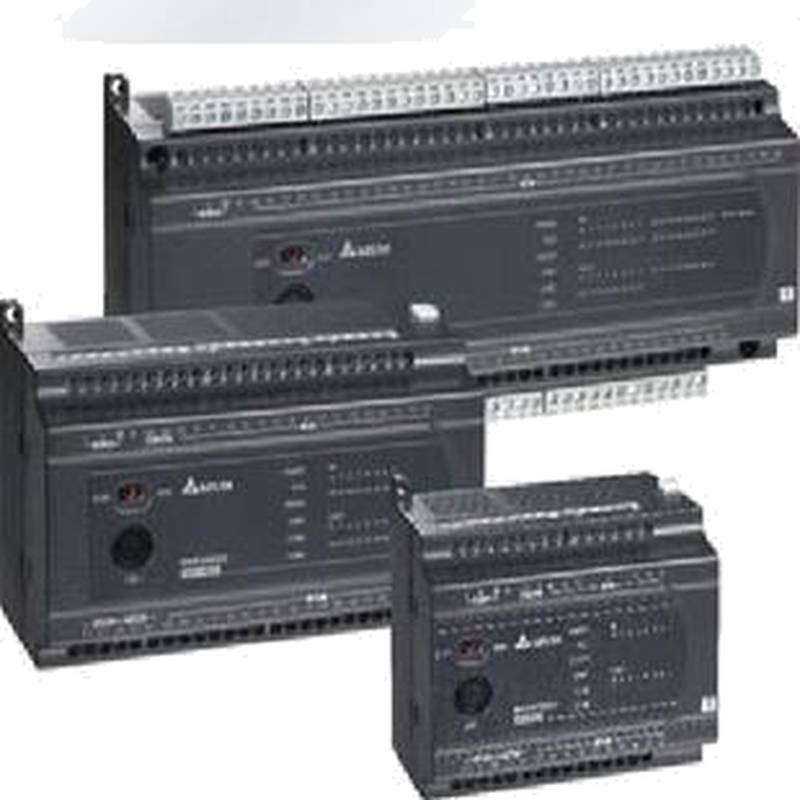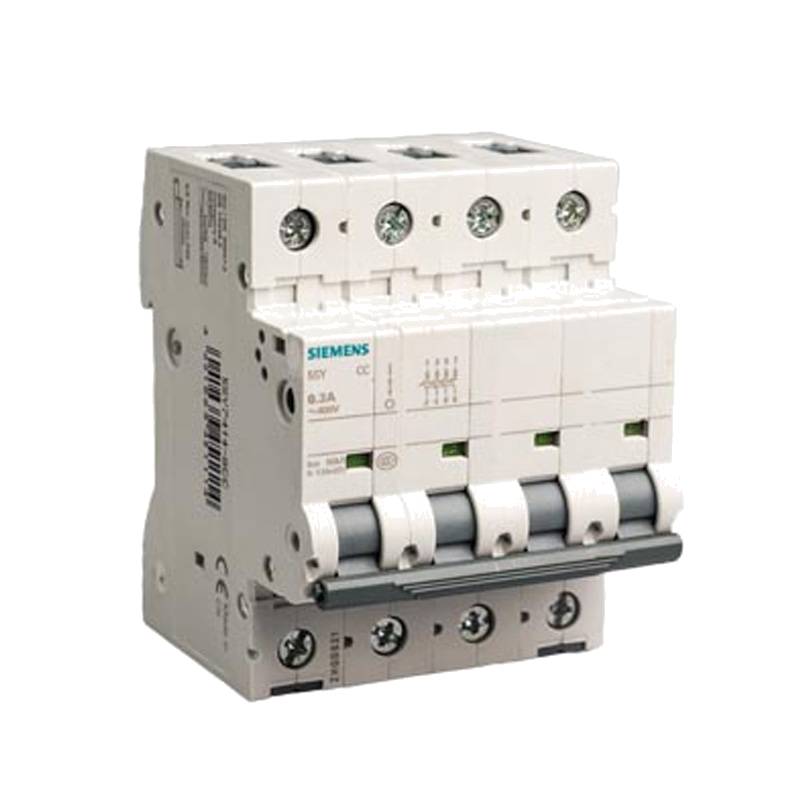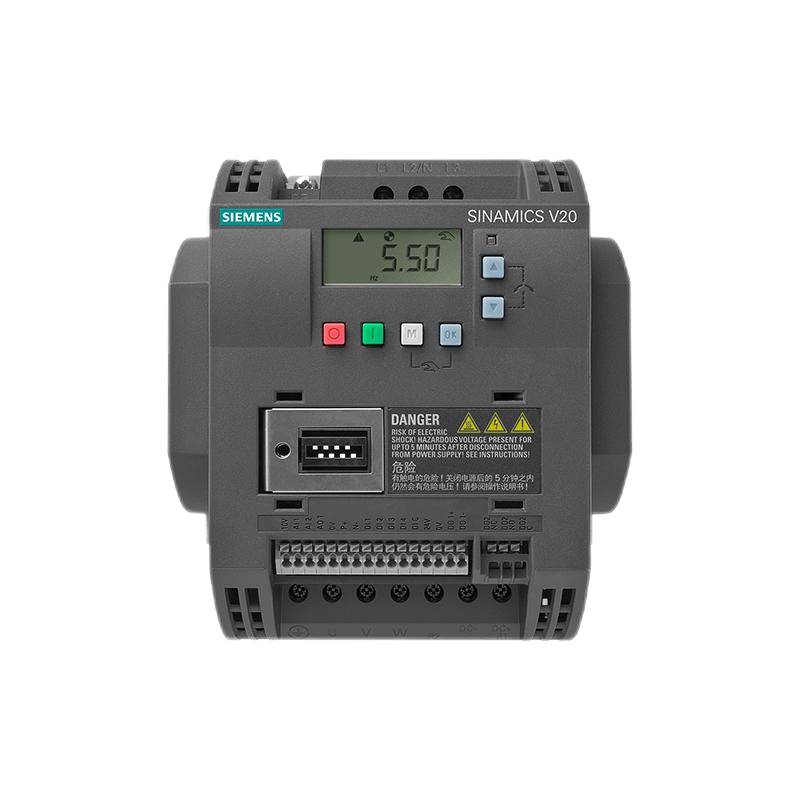
The AUBO-i3 Collaborative Robot Arm, with its 625mm reach and 3kg payload capacity, represents a significant advancement in accessible automation for diverse industrial sectors. This compact yet powerful cobot excels in tasks requiring precision and human-robot collaboration, offering a compelling blend of performance, safety, and ease of use. Its key advantages lie in its inherent safety features, intuitive programming, and versatile application potential, making it an ideal solution for small to medium-sized enterprises (SMEs) and larger operations seeking to enhance productivity and flexibility. Technical specifications underscore its capabilities: a 3kg maximum payload, a 625mm working radius, and an impressive repeatability of ±0.02mm, enabling it to handle delicate assembly, precise inspection, and intricate material handling with remarkable accuracy.
Product Specifications
| Parameter | Specification |
| :-------------------- | :-------------------- |
| Payload Capacity | 3 kg |
| Reach | 625 mm |
| Repeatability | ±0.02 mm |
| Axes | 6 |
| Power Consumption | 200 W (typical) |
| Working Temperature | 5-40 °C |
| Protection Class | IP54 (arm) |
| Mounting | Tabletop or Ceiling |
| Communication | Ethernet/IP, Modbus, TCP/IP |
Core Features & Market Positioning
The AUBO-i3 distinguishes itself through a robust set of features designed for seamless integration and operation in collaborative environments. Its advanced force-sensing technology ensures immediate stopping upon contact with unexpected obstacles, a critical component of its safety profile and a key differentiator in the collaborative robotics market. This inherent safety allows the AUBO-i3 to work alongside human operators without the need for extensive guarding, significantly reducing footprint and installation costs. Furthermore, its user-friendly graphical programming interface, accessible via a tablet or PC, dramatically lowers the barrier to entry for robotic automation, enabling even non-expert users to quickly deploy and manage robotic tasks. This combination of advanced safety, ease of programming, and cost-effectiveness positions the AUBO-i3 as a leading choice for companies looking to implement flexible and human-centric automation solutions.
Key Application Scenarios
The versatility of the AUBO-i3 collaborative robot arm makes it suitable for a wide array of industrial applications. In the electronics manufacturing sector, it is adept at precise component placement and intricate pick-and-place operations, significantly boosting assembly line efficiency. For the automotive industry, the AUBO-i3 can be deployed for small part assembly, quality inspection tasks, and even light-duty screw driving. The pharmaceutical and medical device industries benefit from its precision for tasks such as sample handling and precise dispensing. In general manufacturing, it excels in tasks like machine tending, deburring, and packaging, where its ability to work alongside humans in shared spaces is a major advantage. Its compact design and adaptability also make it ideal for laboratory automation and research and development environments.
Practical System Integration Guidance
Integrating the AUBO-i3 into existing production lines is streamlined due to its versatile mounting options and standardized communication protocols. The robot arm can be mounted on a tabletop, a mobile platform, or even overhead, allowing for optimized workspace utilization. Installation typically involves securing the robot base, connecting power and communication cables, and performing an initial calibration. The programming interface, often a drag-and-drop graphical environment, simplifies task definition. Users can teach points by physically guiding the robot arm or by defining coordinates within the software. For communication with external equipment like PLCs or vision systems, standard protocols such as Ethernet/IP and Modbus TCP are supported, facilitating straightforward data exchange and synchronization within a larger automation system.
Operation and Risk Mitigation
Operating the AUBO-i3 Collaborative Robot Arm prioritizes safety and operational continuity. Standard operating procedures involve a pre-operational safety check, ensuring the work area is clear and all safety sensors are functional. Emergency stop buttons are strategically located on the robot controller and pendant. In the unlikely event of an anomaly or unexpected contact, the cobot's built-in force limitation and collision detection systems are designed to halt motion immediately. Common troubleshooting may involve recalibrating tool centers or resolving communication errors between the robot and peripheral devices. Detailed fault codes are provided in the user manual, guiding technicians through diagnostics and resolution. Adhering to the manufacturer's guidelines for payload, speed, and environmental conditions is crucial for preventing faults and ensuring long-term reliable operation.
Scalability & Long-Term Value
The AUBO-i3 is designed with scalability and long-term value in mind, offering manufacturers a pathway to grow their automation capabilities. Its modular design and compatibility with a wide range of end-effectors and sensors allow for easy adaptation to evolving production needs. Integration with Industrial Internet of Things (IIoT) platforms is facilitated through its robust communication capabilities, enabling data collection for performance monitoring, predictive maintenance, and process optimization. As production demands increase, additional AUBO-i3 units or larger AUBO robot models can be seamlessly integrated into the existing system, creating a flexible and expandable automation architecture. This future-proofing ensures that the initial investment continues to yield benefits as the business grows and technological landscapes shift.
Frequently Asked Questions
What is the maximum payload of the AUBO-i3 robot arm?
The AUBO-i3 collaborative robot arm is engineered to handle a maximum payload of 3 kilograms. This capacity is suitable for a variety of assembly, pick-and-place, and light material handling tasks. It allows for the attachment of moderately weighted grippers or tools.
This payload rating is crucial for ensuring the robot's operational stability and longevity. Exceeding this limit can lead to increased wear on joints and motors. Careful consideration of tool weight and the product being manipulated is essential.
Therefore, users should always verify that their application's total weight, including the end-effector, remains within the specified 3kg limit to maintain optimal performance.
What is the working range or reach of the AUBO-i3?
The AUBO-i3 collaborative robot arm offers a generous working radius of 625 millimeters. This reach allows the robot to access a significant area around its base. It is ideal for tasks requiring movement across a moderate workspace.
This 625mm reach enables efficient operation in applications such as machine tending or intricate assembly processes. It provides ample maneuverability for picking up objects from one location and placing them in another within its operational envelope.
The specific reach is a key factor in determining how many workstations or tasks a single AUBO-i3 can effectively manage, optimizing cell design and productivity.
How does the AUBO-i3 ensure safety when working near humans?
Safety in collaborative environments is a hallmark of the AUBO-i3, employing advanced force sensing technology. This system detects unexpected contact with people or objects. Upon detection, the robot immediately halts its motion.
This built-in safety mechanism significantly reduces the risk of injury or damage. It allows the AUBO-i3 to operate without extensive physical barriers. Human operators can safely work in close proximity to the robot.
The robot's design adheres to strict safety standards for collaborative robots. This enables seamless human-robot interaction, fostering a safer and more efficient workplace.
What type of programming interface does the AUBO-i3 use?
The AUBO-i3 utilizes an intuitive, graphical programming interface. This user-friendly system simplifies the creation and modification of robot tasks. It is designed for ease of use, even for operators without extensive robotics experience.
Users can typically program the robot through a tablet or PC interface. This often involves a drag-and-drop functionality for commands and sequences. Physical guiding of the robot arm is also a common method for teaching movement paths.
This accessible programming approach lowers the adoption barrier for automation. It allows for rapid deployment and easy adaptation to new tasks, enhancing operational flexibility.
Can the AUBO-i3 be integrated with other industrial systems?
Yes, the AUBO-i3 is designed for robust integration with other industrial systems. It supports standard industrial communication protocols. These include Ethernet/IP, Modbus TCP, and other common networking standards.
This connectivity enables seamless data exchange with PLCs, sensors, vision systems, and enterprise resource planning (ERP) software. Integration facilitates coordinated operations within larger automated production lines.
The robot's open architecture and communication options ensure it can become a valuable component of a smart factory or IIoT ecosystem. This allows for enhanced control and data-driven decision-making.
What are the typical applications for the AUBO-i3?
The AUBO-i3 finds broad application across various industries. Common uses include precision assembly tasks, such as placing small electronic components. It is also effective for pick-and-place operations in manufacturing and packaging.
Other key applications involve quality inspection, where its repeatability ensures consistent results. It can also be used for machine tending, loading and unloading parts from CNC machines or injection molding equipment.
Furthermore, its collaborative nature makes it suitable for tasks in laboratories, such as sample handling, or for light-duty finishing processes like deburring.
What is the repeatability of the AUBO-i3 robot arm?
The AUBO-i3 collaborative robot arm boasts a high degree of precision with a repeatability of ±0.02 mm. This means that when commanded to return to a specific point, the robot arm will consistently do so within this very small tolerance.
This exceptional repeatability is critical for tasks requiring meticulous accuracy. It ensures consistent performance in applications like micro-assembly, precise dispensing, or delicate part manipulation.
Achieving ±0.02 mm repeatability underlines the robot's suitability for demanding manufacturing processes where even minor deviations can impact product quality.
What are the mounting options for the AUBO-i3?
The AUBO-i3 offers versatile mounting configurations to suit diverse workspace layouts. It can be securely mounted in a tabletop orientation. It also supports ceiling mounting, which is ideal for optimizing floor space.
Additionally, the robot can be integrated onto mobile platforms, allowing for flexible deployment across different production areas. This adaptability ensures it can be positioned optimally for various tasks and cell designs.
These flexible mounting capabilities enhance its utility in different industrial settings, maximizing operational efficiency and space utilization.
How is the AUBO-i3 powered and what is its typical power consumption?
The AUBO-i3 collaborative robot arm is powered by a standard industrial power supply. Its typical power consumption is remarkably low, often around 200 Watts during operation. This energy efficiency contributes to lower operational costs.
This low power draw makes it an economical choice for companies looking to reduce their energy footprint. It also means the robot can often be powered from standard electrical outlets, simplifying installation.
The energy efficiency is a significant advantage, especially when multiple robots are deployed, contributing to overall cost savings and sustainability efforts.
What safety standards does the AUBO-i3 comply with?
The AUBO-i3 is designed and manufactured to comply with rigorous safety standards for collaborative robots. It incorporates advanced safety features that allow for human-robot collaboration. These include inherent speed and separation monitoring.
It also features robust force and torque limiting capabilities. These systems are critical for preventing injuries in case of accidental contact between the robot and a human operator.
Compliance with these international safety standards ensures that the AUBO-i3 can be safely integrated into workplaces, providing peace of mind and reliable operation.
























